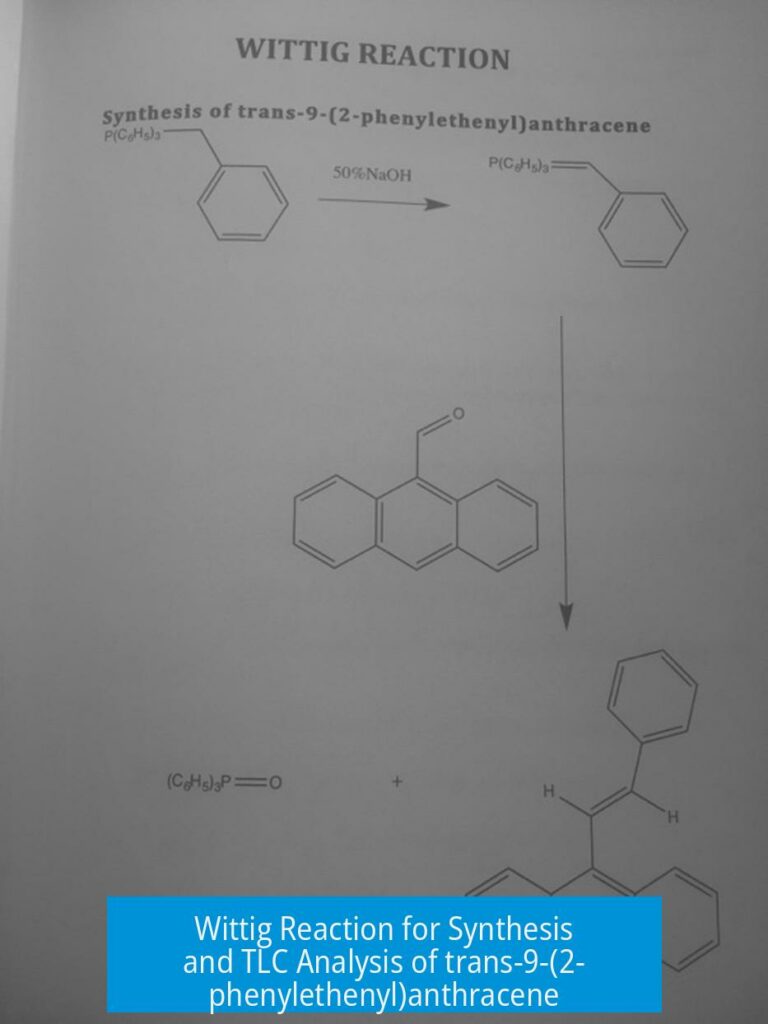Understanding Energy Levels, Sublevels, Orbitals, and Suborbitals in an Atom
Energy levels, sublevels, orbitals, and suborbitals define the structured way electrons arrange within an atom. Each term describes a specific aspect of how electrons occupy space and energy. Together, they reveal the fundamental quantum mechanical principles behind atomic structure.
What Are Energy Levels in an Atom?
Energy levels are discrete states of energy that an electron can occupy in an atom. They arise because electrons behave both as particles and waves, leading to quantization of their allowable energies.
The principle quantum number, denoted as n, indexes these energy levels. It takes positive integer values: 1, 2, 3, and so forth. This quantum number emerges from solving the Schrödinger equation under boundary conditions that require electron wavefunctions to be normalized within the atom.
Notably, intermediate values such as 1.5 or 2.7 do not exist for n, because they would violate the boundary constraints. This rules out continuous energy and enforces discrete, quantized states.
The solutions to the Schrödinger equation convey that electrons cannot simply have any energy; they must occupy these fixed levels. The energy difference between levels depends on the atom’s nuclear charge and electron configuration.
Key Points about Energy Levels
- Indexed by the principal quantum number n = 1, 2, 3,…
- Each level corresponds to specific allowed electron energies
- Intermediate (non-integer) energy levels are forbidden
- Determined by quantum mechanics and boundary conditions
What Are Sublevels Within Energy Levels?
Sublevels split an energy level into smaller groups. These arise from the angular momentum quantum number L, which defines the shape and energy fine structure of orbitals within the principal energy level.
The angular momentum quantum number L can take integer values starting at zero up to one less than n, i.e., L = 0, 1, 2,…, n-1. Each distinct L identifies a sublevel within the broader energy level (principal shell).
The common sublevels are labeled with letters:
- L=0: s sublevel (spherical shape)
- L=1: p sublevel (dumbbell shape)
- L=2: d sublevel (cloverleaf shape)
- L=3: f sublevel (complex shapes)
Sublevels represent different energy states, shapes, and spatial distributions of electron probability within a given energy level. Their finer energy distinctions influence electron filling sequences and spectral lines.
Summary of Sublevel Characteristics
- Finer divisions within each principal energy level
- Defined by angular momentum quantum number L
- Shape of electron cloud changes with L
- Sublevels have different energies and spatial characteristics
Defining Orbitals: Where Electrons Are Likely to Be
Orbitals are mathematical functions representing electron states within an atom. They come from specific solutions to the Schrödinger equation that include assigned values for n, L, and also the magnetic quantum number m.
An orbital shows where an electron is most likely to be found (its probability density), often depicted as a three-dimensional region of space. It is important to emphasize that an orbital is not a fixed path; it is the spatial mapping of the wavefunction’s squared magnitude.
The magnetic quantum number m differentiates orbitals within the same sublevel by spatial orientation. It can take integer values between -L and +L, including zero.
For example, in the p sublevel (L=1), there are three orbitals distinguished by m = -1, 0, +1. These orbitals have identical energy (in the absence of magnetic fields) but differ in orientation along the x, y, and z axes.
Orbital Characteristics
- Described by a wavefunction solution of the Schrödinger equation
- Depend on quantum numbers n, L, and m
- Show regions of space with high electron probability
- Visualized as shapes corresponding to electron clouds
Understanding Suborbitals: Individual Orbitals Within a Sublevel
Suborbitals refer to each individual orbital within a sublevel, distinguished by the magnetic quantum number m. While the term is used infrequently, it highlights the multiple degenerate orbitals that share energy but differ in orientation.
For instance, the p sublevel contains three suborbitals, the d sublevel contains five, and the f sublevel contains seven. These suborbitals provide allowed placements for electrons under the Pauli exclusion principle.
In a magnetic field, these suborbitals can show slight energy splitting—a phenomenon called the Zeeman effect—since m relates to the orbital magnetic moment.
Points on Suborbitals
- Suborbitals are individual orbitals within a sublevel
- Differ by magnetic quantum number m
- Usually isoenergetic without external fields
- Responsible for electron spatial orientation variations
The Role of Quantum Numbers in Defining Electron States
| Quantum Number | Symbol | Values | Physical Meaning |
|---|---|---|---|
| Principal Quantum Number | n | 1, 2, 3, … | Main energy level; size and energy of the orbital |
| Angular Momentum Quantum Number | L | 0 to n-1 | Shape/type of orbital; sublevel designation |
| Magnetic Quantum Number | m | -L to +L | Orientation of orbital in space; distinguishes suborbitals |
| Spin Quantum Number | m_s | +1/2 or -1/2 | Electron spin direction |
Putting It All Together: Atomic Electron Organization
An electron in an atom is defined by these quantum numbers collectively, which determine its energy, shape, orientation, and spin. The hierarchical structure is:
- Energy level (principal quantum number n): the main shell where the electron resides.
- Sublevel (L): specifies the type and finer energy of the orbital within the shell.
- Suborbital (m): differentiates orbitals in orientation in the sublevel.
- Spin (m_s): the intrinsic angular momentum signifying electron spin.
This quantized nature explains electron configuration patterns, chemical bonding, atomic spectra, and magnetic properties.
Summary Table
| Term | Definition | Quantum Numbers Involved |
|---|---|---|
| Energy Levels | Discrete energy states electrons occupy in an atom | n (principal quantum number) |
| Sublevels | Groups within energy levels denoting orbital shape and finer energies | L = 0 to n-1 |
| Orbitals | Wavefunction solutions mapped in space showing probable electron locations | n, L, m |
| Suborbitals | Individual orbitals within a sublevel differentiated by orientation | m = -L to +L |
Key Takeaways
- Energy levels are discrete electronic states defined by the principal quantum number n.
- Sublevels arise from angular momentum quantum number L within each energy level, linked to orbital shape.
- Orbitals correspond to solutions of the Schrödinger equation for specific n, L, m, representing electron probability clouds.
- Suborbitals are individual orbitals distinguished by magnetic quantum number m, indicating orientation.
- Quantum numbers collectively describe an electron’s energy, shape, and orientation in an atom.





Leave a Comment